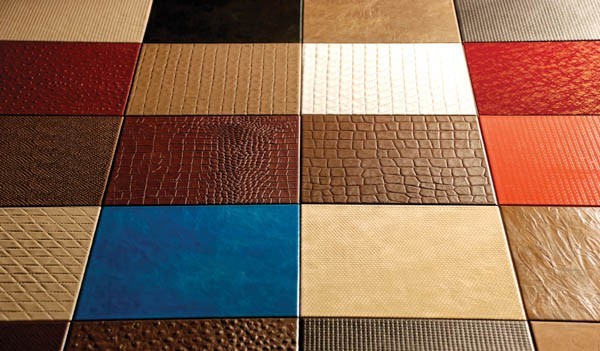Types of leather

History of leather in Iran
According to Ibn Yimin, ancient Iranians used animal skins such as buffalo, cow and sheep to write on it, in the writings of Dariush’s writing on leather. According to some narrations, the Avesta was written over twelve thousand pieces of cowhide. Also, the skin of the writings found in the Uraman of Kurdistan and kept in the Brittany Museum reflects the use of skin for writing in the Parthian period.
Khajeh Rashid al-Din’s writings related to the post-Mongol invasion marked the boom in leather and leather trade in Iran, which is evidence of the reputation of some cities like Tabriz and Shiraz during this period. In the Qajar period, Hamadan was the centerpiece of leather production, known as Hamdani Leather, which was made from sheepskin. In 1267, the work that Amir Kabir sent to the exhibition in London was skin. In addition, during this period leather and leather exports were booming from most of Iran’s cities to Russia, Ottoman, and India. In addition to Hamadan, the cities of Tabriz and Isfahan also had a significant share in the production and export of leather. The first Iranian leather factory was constructed in Tabriz in 1308, after which factories were established in Hamedan, Tehran and Isfahan.
Cow leather:
The leather is very durable with a smooth surface, in two types of soft and dry with different thicknesses. Its user in the manufacture of shoes and kinds of bags are sometimes used to sew clothes and gloves.
Sheepskin leather
Beautiful leather, good prices and good durability. Like cowhide, it’s smooth and light, so it’s used for clothes and gloves. For women’s bags, this type of leather is also used.

Tailor leather
Beltraz’s resistance is less sheep than leather than cowhide. It is easier to detect all leather. With its application, it provides soft and dry face. Its use in all types of women’s shoes and shoes
Suede Leather
It is made of goat and calf skin, which, during a certain process, makes the surface of the meat a velvet that is most commonly used for lining inside other products.

Ashta leather
The leather looks like a jerk that is made of thick laminated bovine leather laminated to a lower level and classified.
Leather veneers
The skin is made of calfskins and is covered with a special lacquer to make it look brilliant.

Artificial leather
Artificial leather was obtained from a coated layer on a surface of a tour. So it’s a double layer if it’s not the natural leather

Herbal leather
In tanning this type of leather is not used as much as possible with chemical materials and colors, and instead of herbal colors and materials and animal oils. This type is one of the best types of tannins due to its highest environmental compatibility and non-human skin complications. This type of leather is flexible and has a brownish color that returns to the chemical composition and color of the skin. Vegetarian skin is not stable in water; it is discolored; if it gets dry after it has dried it will become wrinkled and its elasticity and softness will be reduced. In warm water, it is more wrinkled and almost similar to gelatin. In addition to becoming stiff and possibly fragile. The boiled leather is an example of a leather that floats and rinses in hot water. This happens in waxy wax and similar materials. In history, sometimes after its tightening, it was used in armor as well as in the binding of books. This type of leather is the only type of leather that can be used in engraving and leather imitation.




There are no comments yet